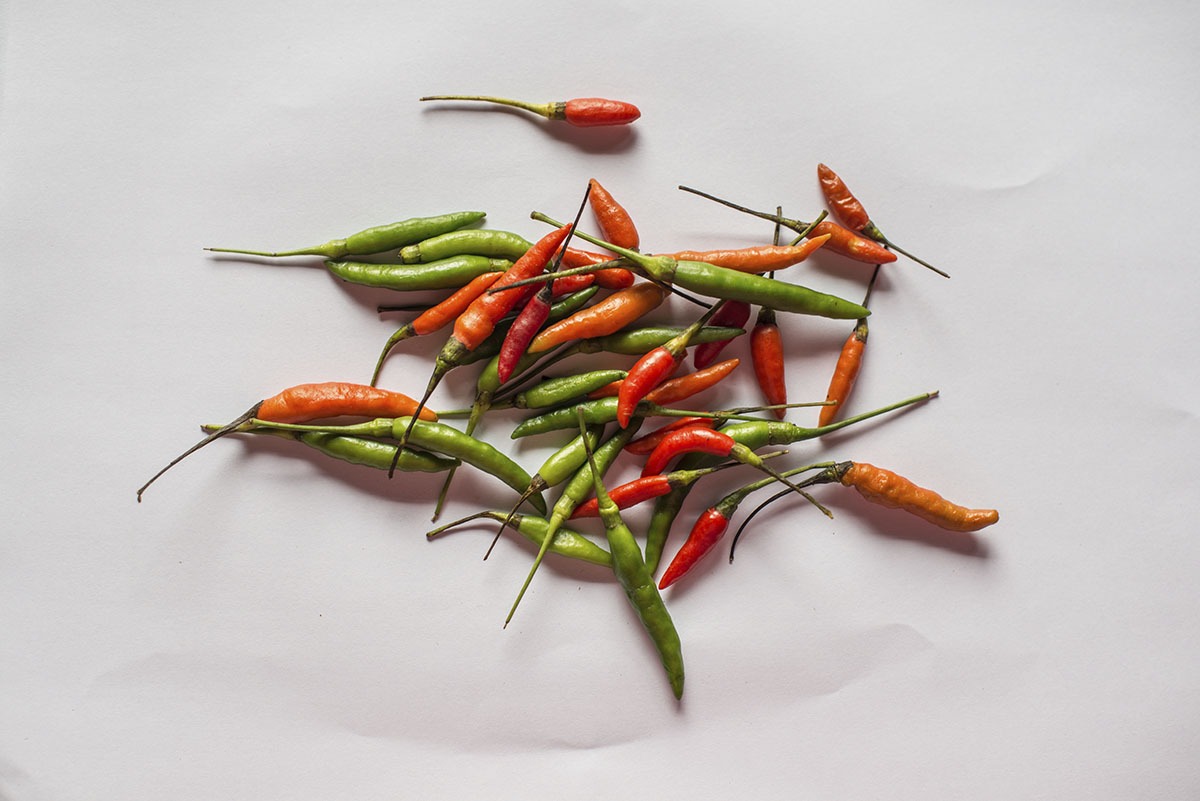One of the most important contributions of Mesoamerican agriculture to the world is the chili. With a huge number of varieties, the chili is one of the most-consumed foods on a worldwide level. Many investigators consider Guatemala to be the epicenter of origin and diversity of some of the most important varieties of chili, and these species are often mentioned also for the great impact that they have had on modern agriculture and business.
Ik or ich was the name that different native Mayan peoples gave to the species known as capsicum, and chile is the name more commonly used amongst Spanish-speaking people. After the discovery of America, the chili was one of the species that spread the fastest towards Europe and Asia.
In Guatemala, chili has been developed as a commercial crop in significant areas of the regions of Zacapa, Baja Verapaz and Petén, utilizing ‘improved’ varieties of the seed. The resulting harvests are destined for local consumption, regional markets, national industry and – in some cases – for exportation (as in the case of habanero chili in Petén).
Let’s learn a little bit more, then, about the chilies that have made Guatemala globally renowned:
Chile Huaque or Guaque:
Cultivated primarily in the central highlands and in some areas of Sololá, this chili is eaten before totally ripened (when a green-black color) or in its dried form in different traditional Guatemalan recipes. It is well renowned for its flavor and aroma and is moderately spicy. It is the emblematic chili of San Andres Itzapa, where the people prepare the traditional local food known as ‘cherepe’. These chilies are dried in a rudimentary way by laying the harvest out on the corrugated iron rooves in the sun.
Chile de Caballo:
This chili is distributed all over the central highlands, eastern regions of Guatemala and the area of the Verapaces. This chili was first cultivated in small family gardens and commercialized in local markets.
Chile Chiltepe:
Known commonly as chiltepin or chiltepe, this chili is similar to the chile cobanero. In the wild this chile grows like a weed in fields or wastelands, especially in the humid areas of the country.
Chile Habanero:
The habanero chili – cultivated mainly in the region of Petén – is the spiciest of all the capsicum varieties. The unripe specimens are green in color, but it can go through a wide range of tones depending on its maturity. The most common colors are orange (semi-ripe) and red (ripe), but it can also be found in white, brown, yellow and pink varieties.
Chile Diente de Perro:
This is one of the most widely cultivated chilies in the country and is considered to be very spicy. It grows naturally in hedges, fields and open spaces in woodlands, but it can also be grown in small family gardens.
Chile Cobanero or Cahabonero:
This type of chili is native to the Verapaces – particularly Lanquín, Chabon and Senahu – but is currently spread over the south and center of Petén and the northeast of Izabal. The typical chile cobanero is characterized by its globular shape and its light red color. It acquires a darker red color after being toasted in the drying oven before being milled into its powdered form that is so popular in Guatemala.
Although there is an existing scale upon which to measure the spice level of a chili, the best way to find out how much they bite is to try them!


